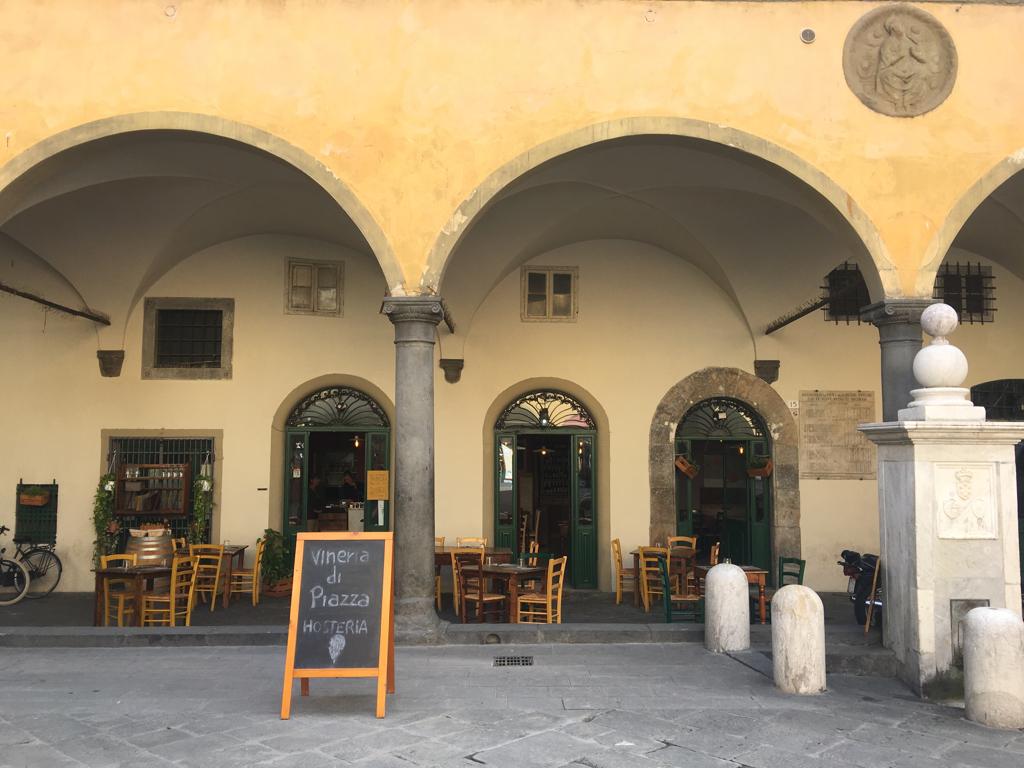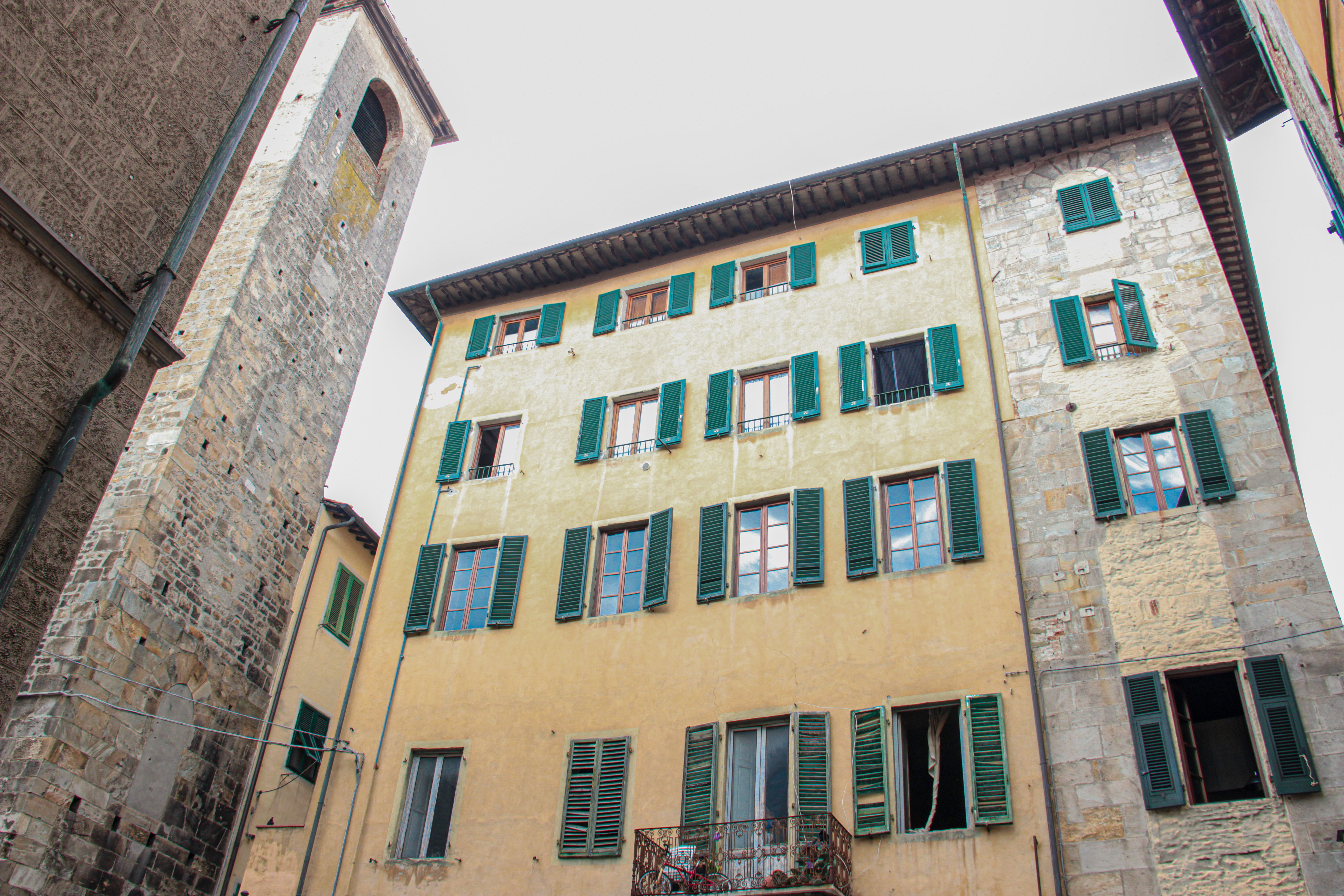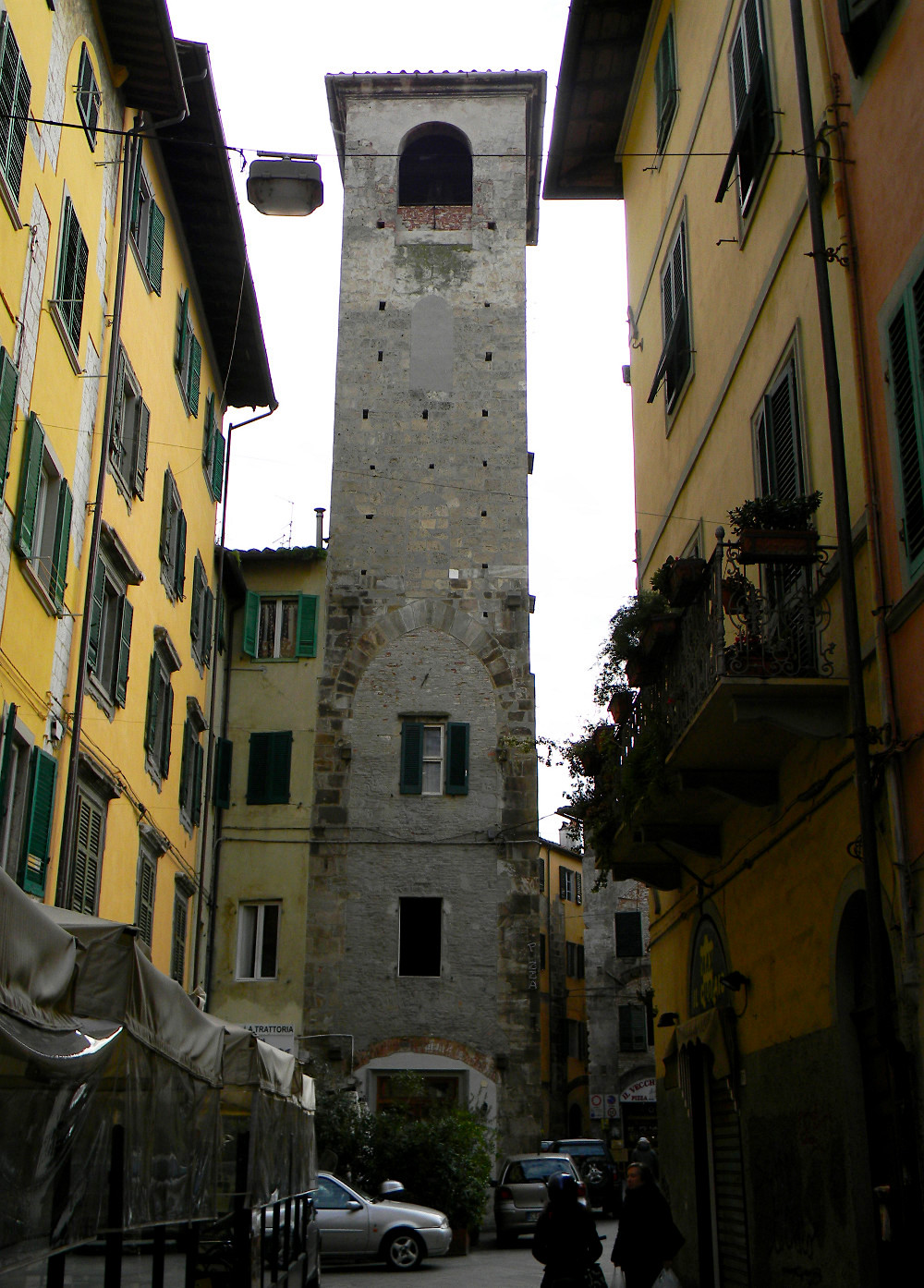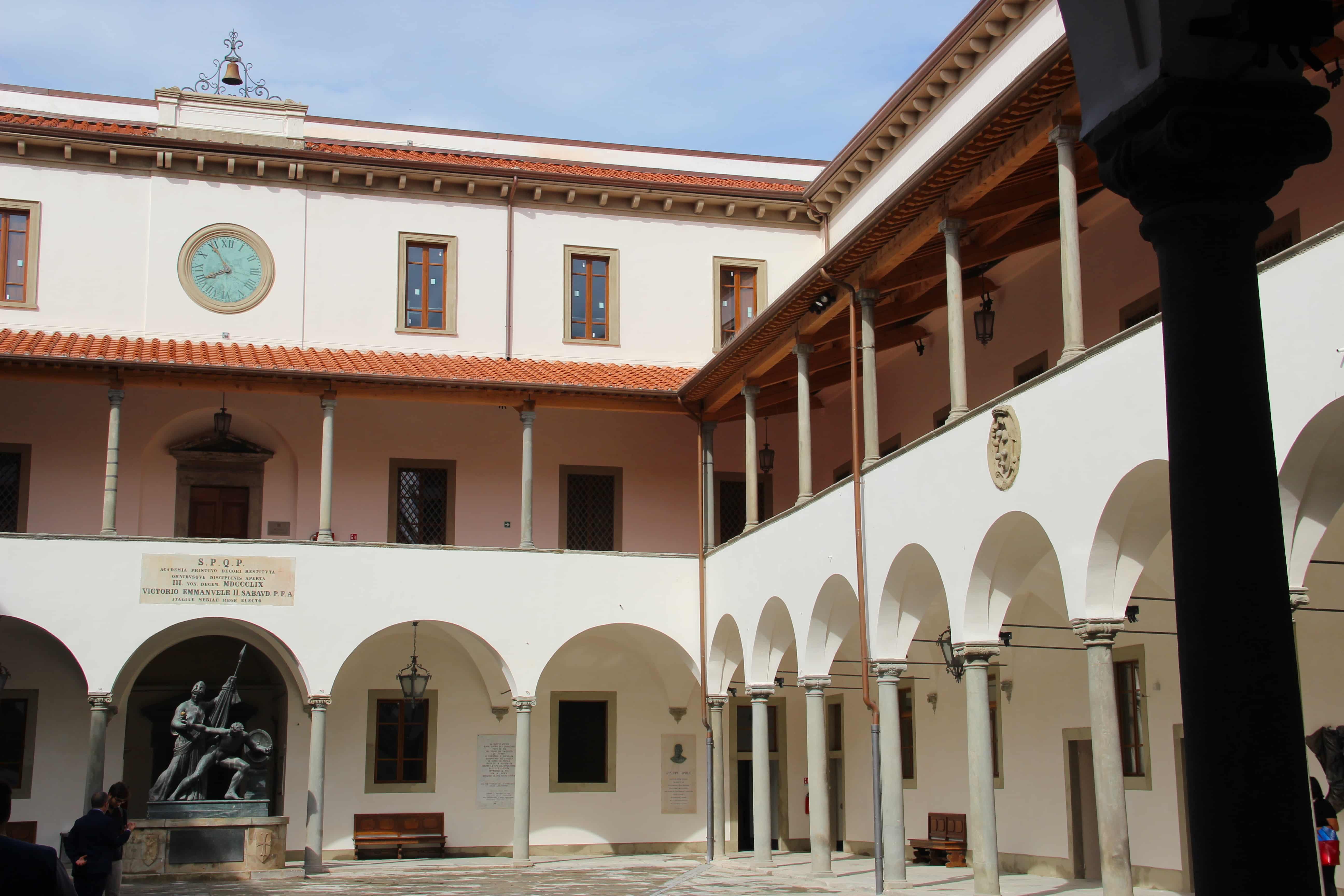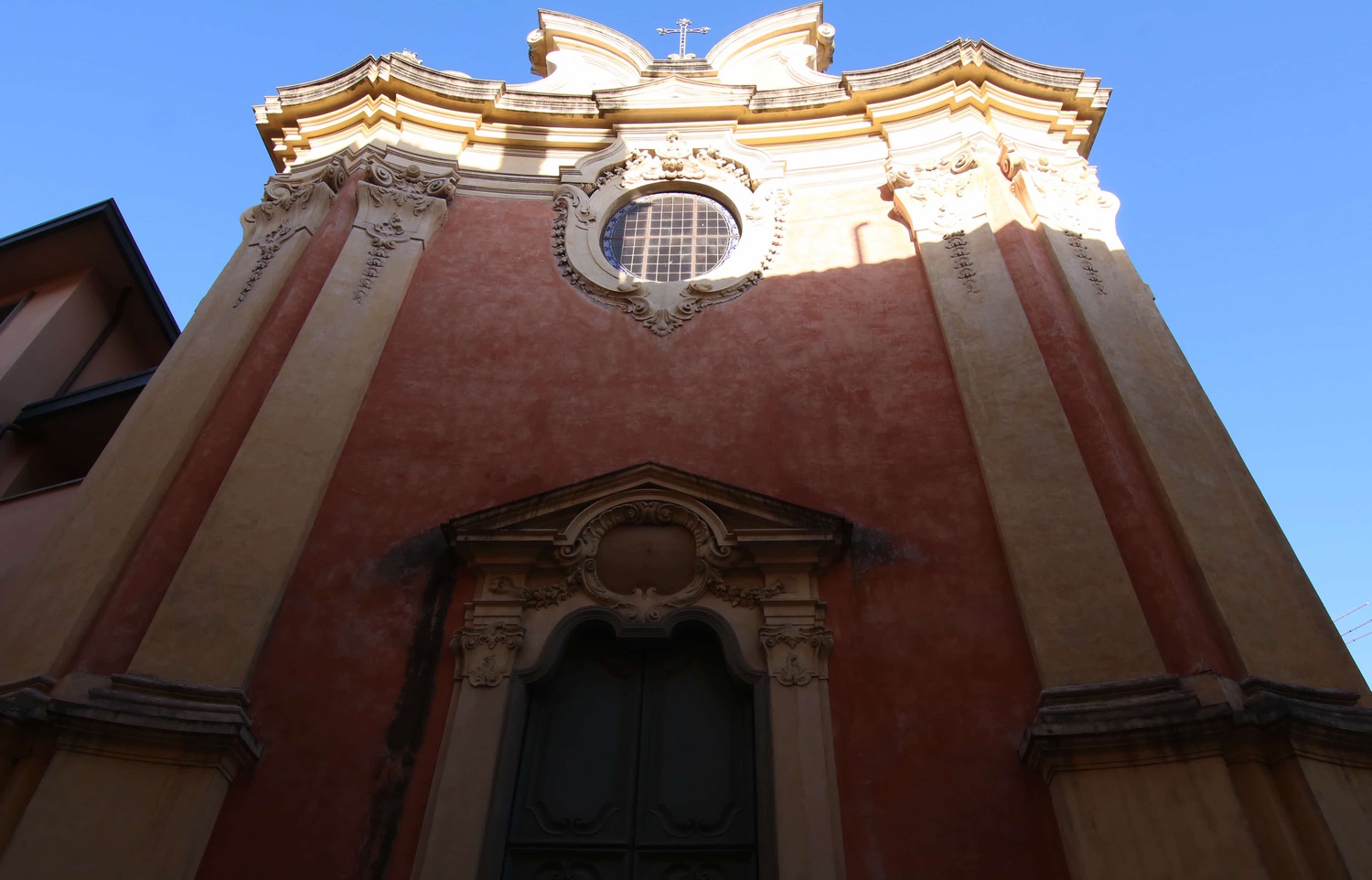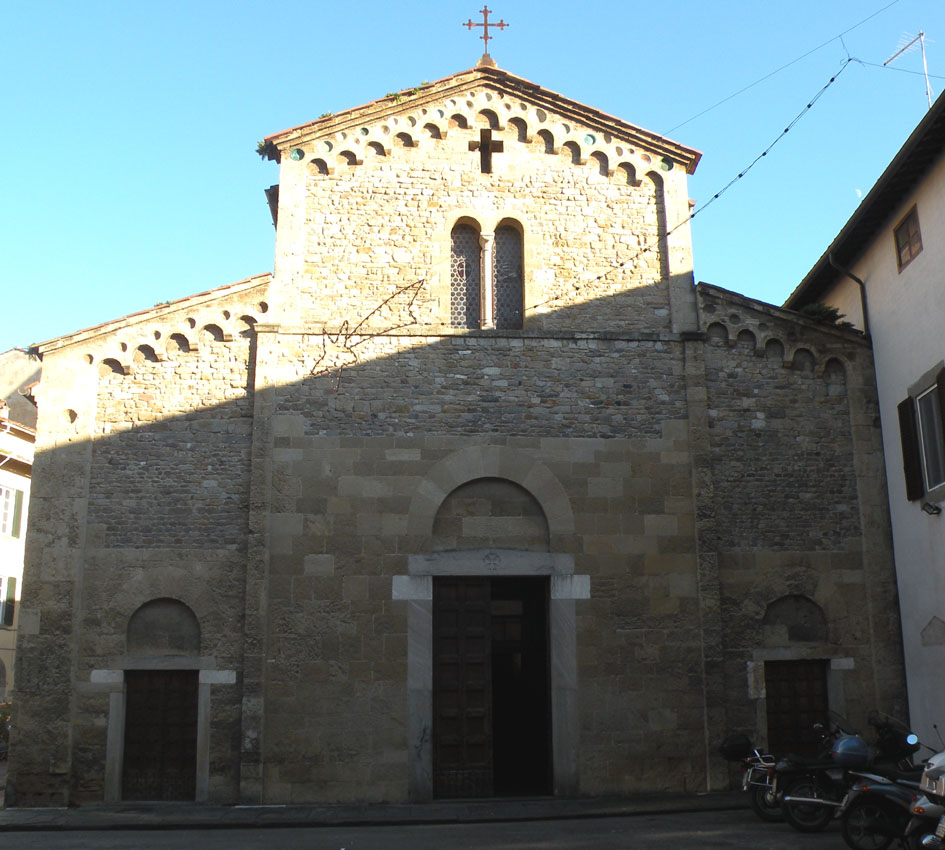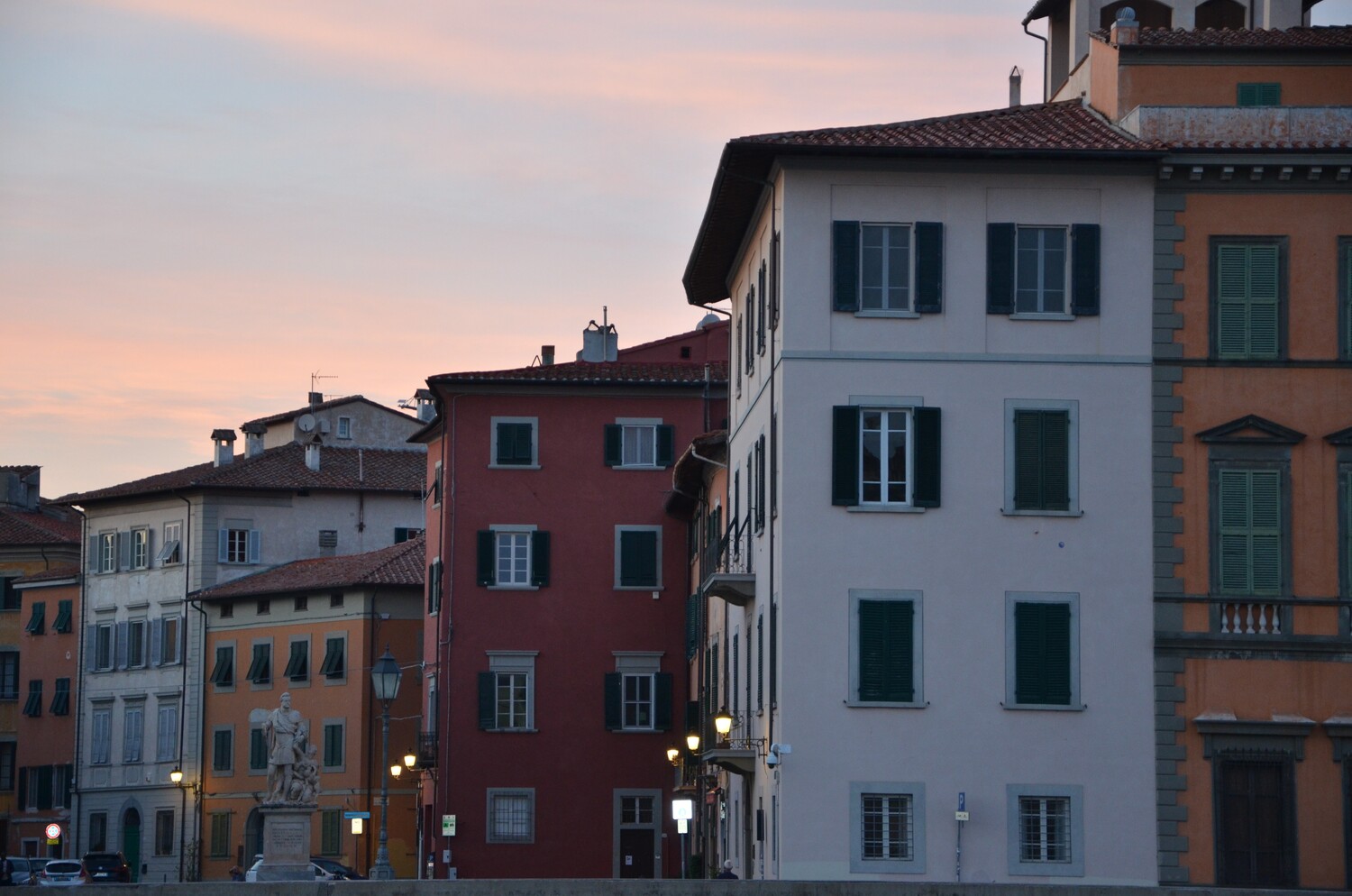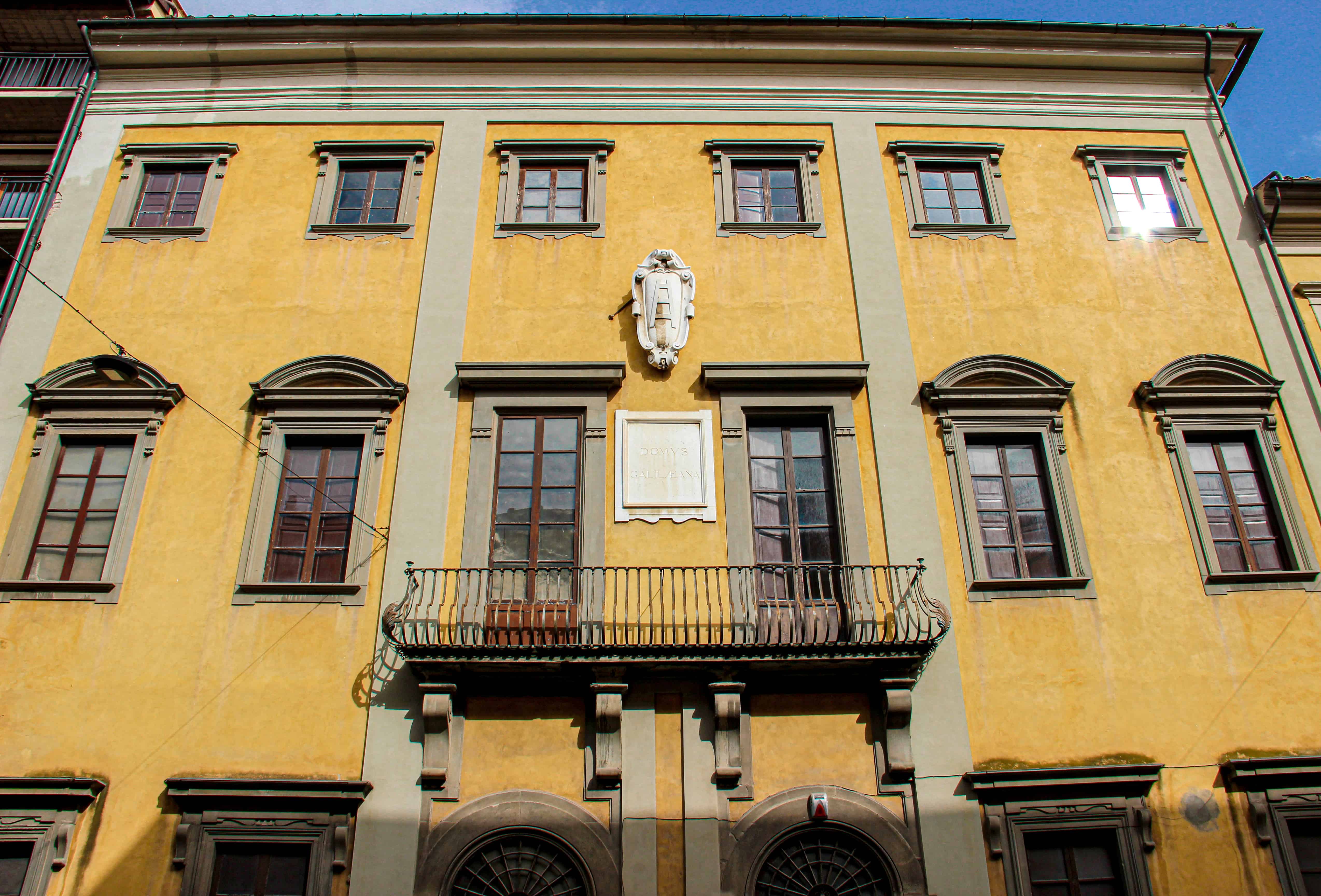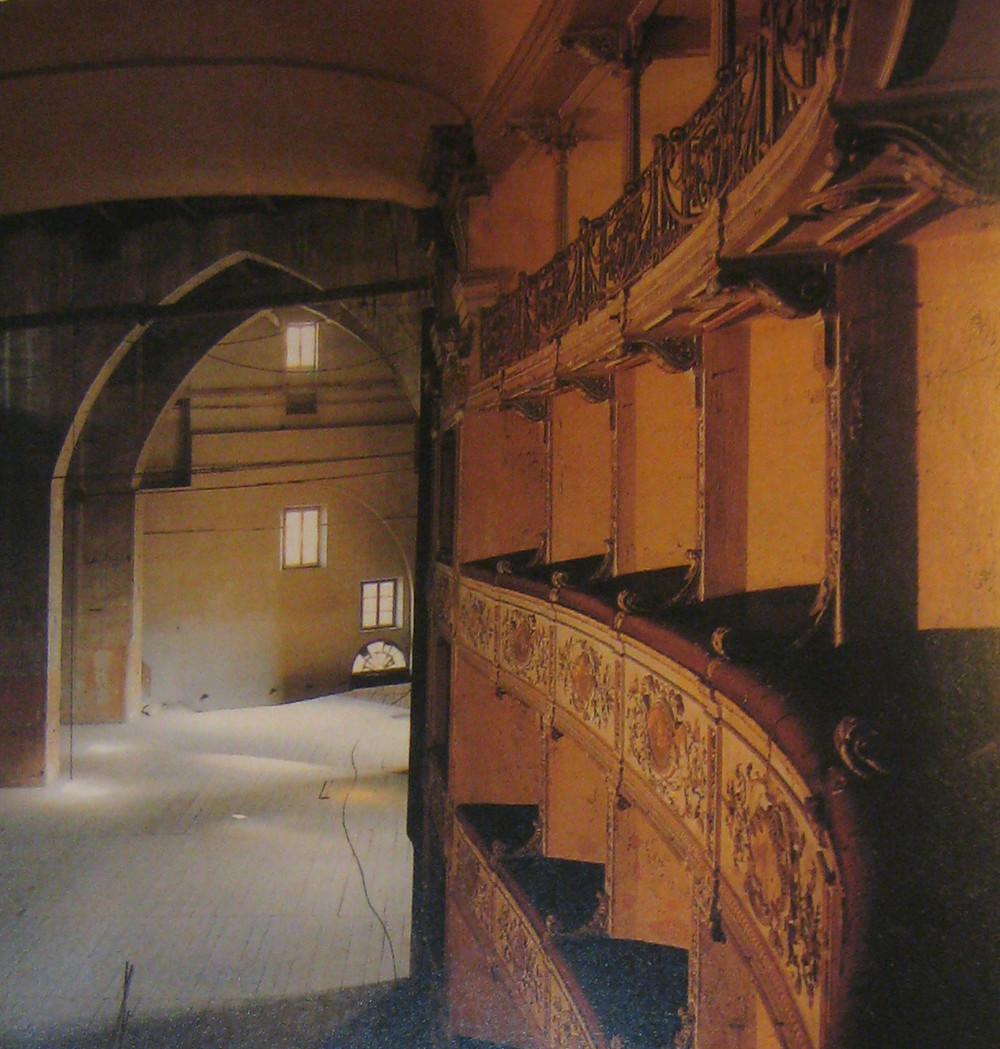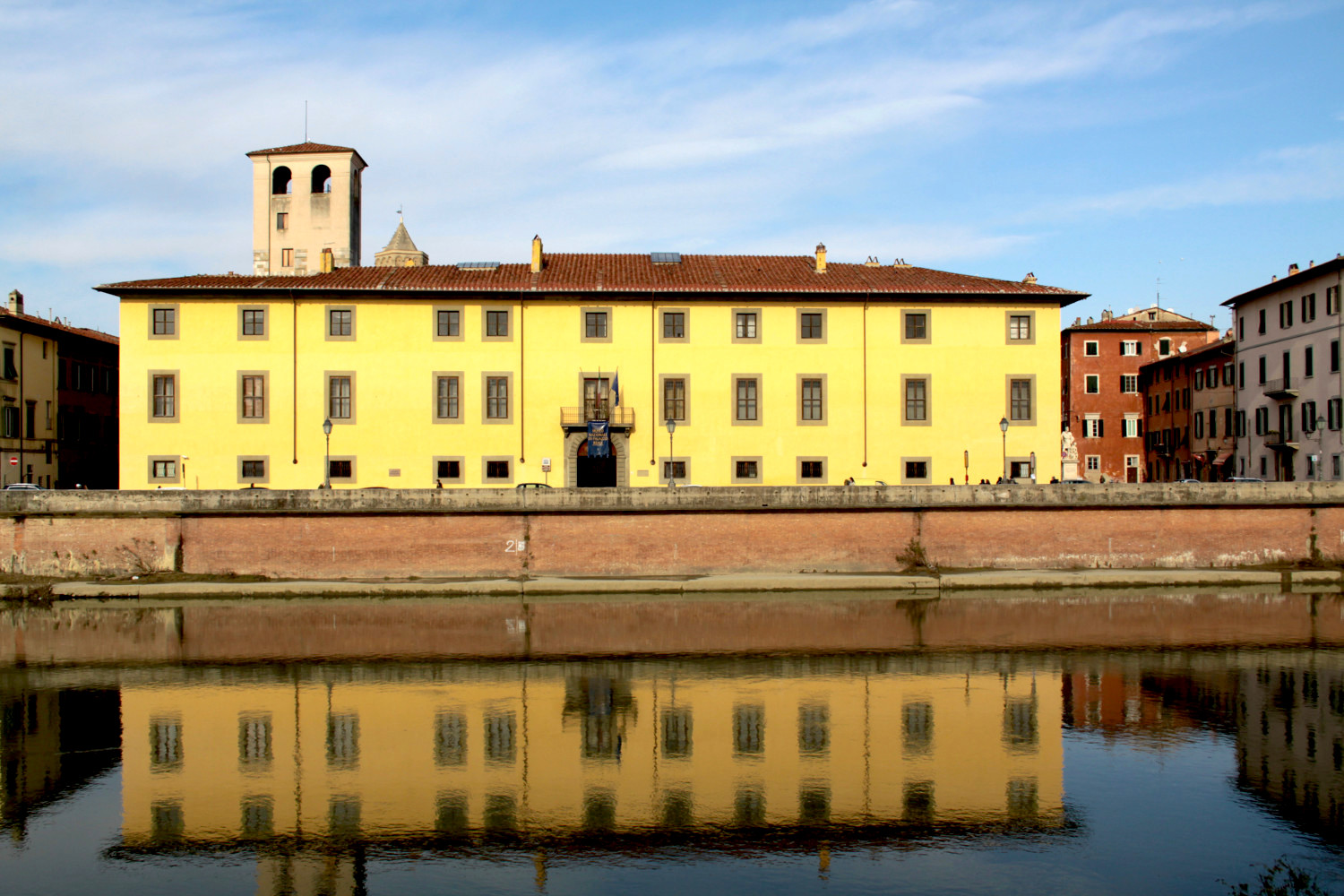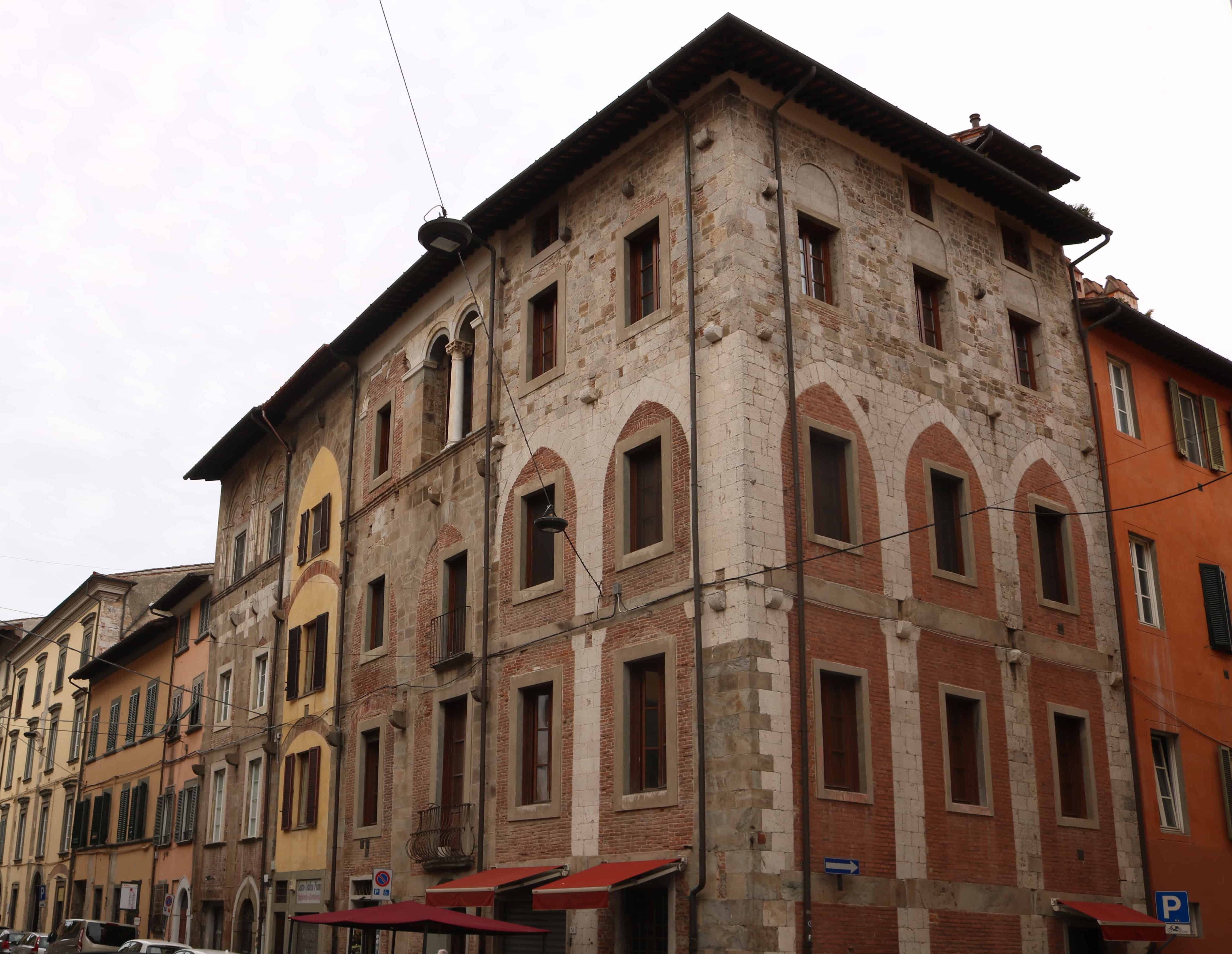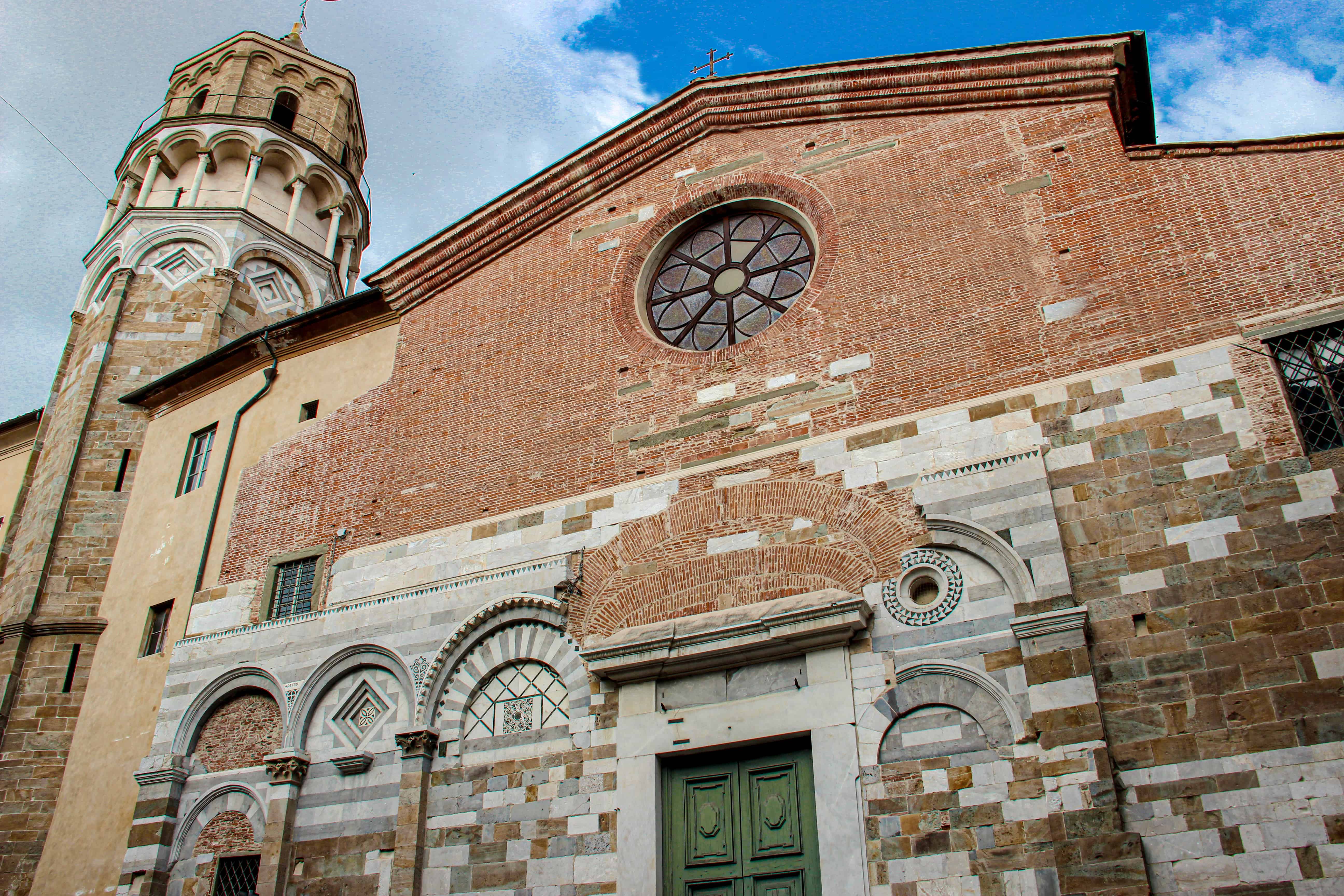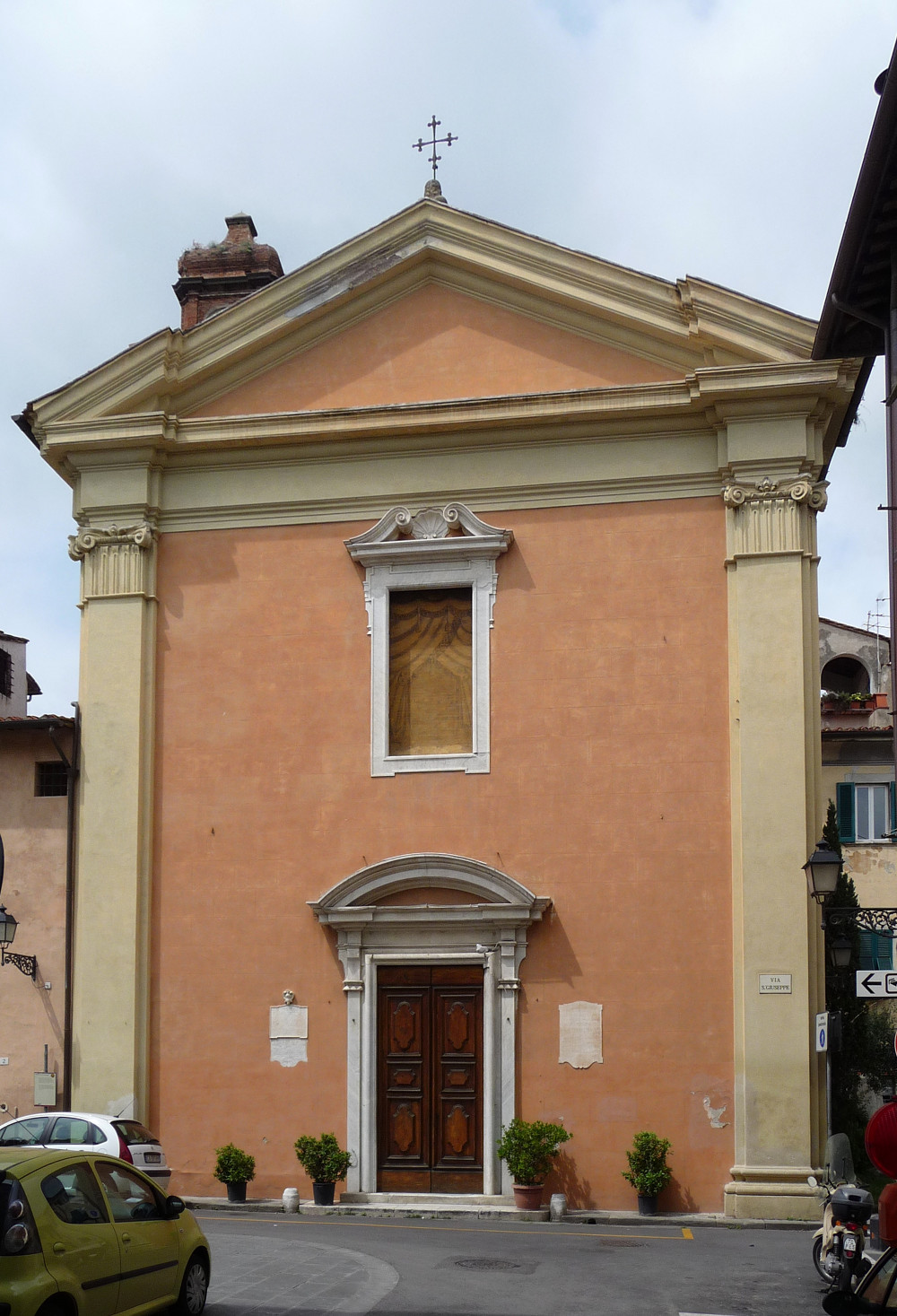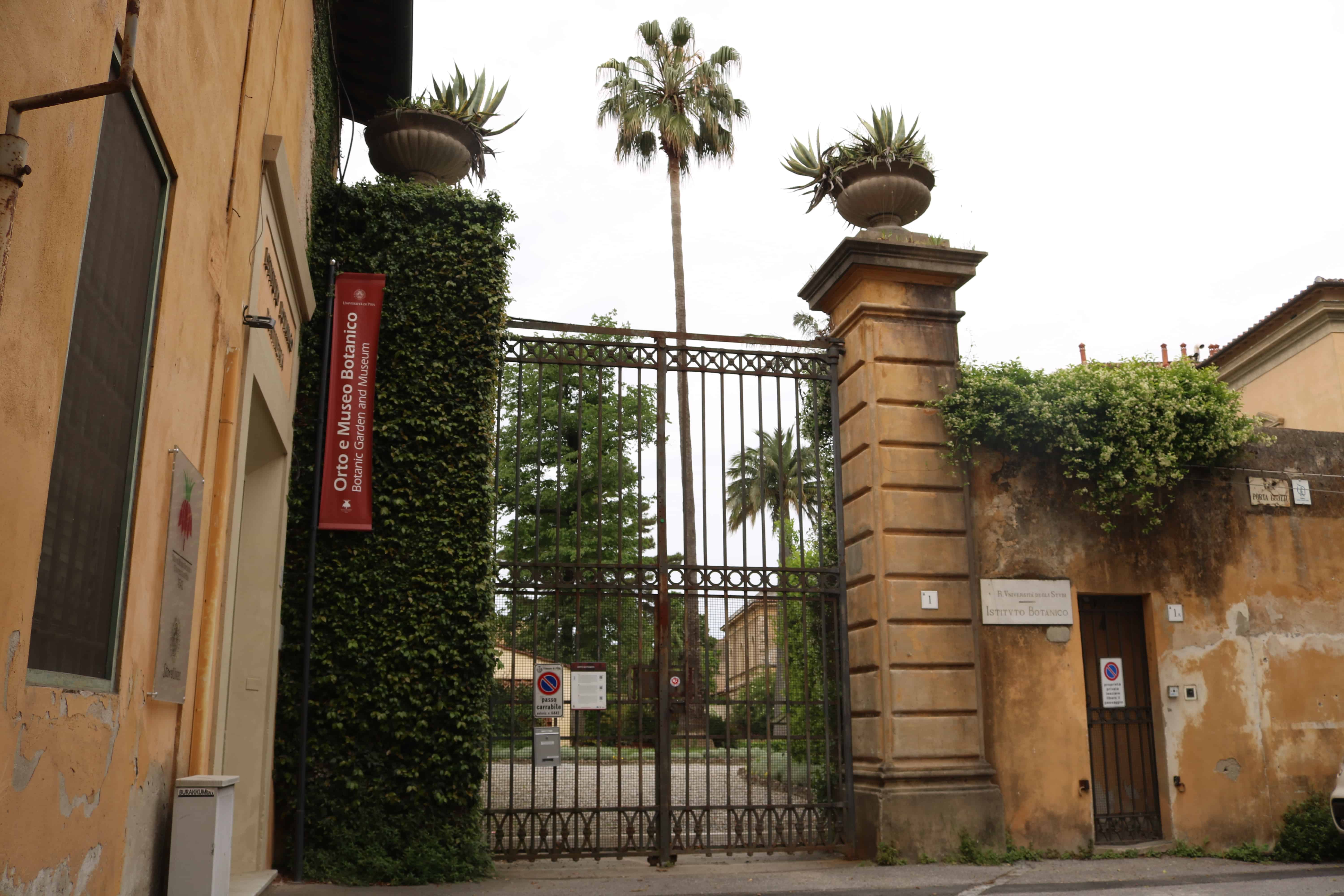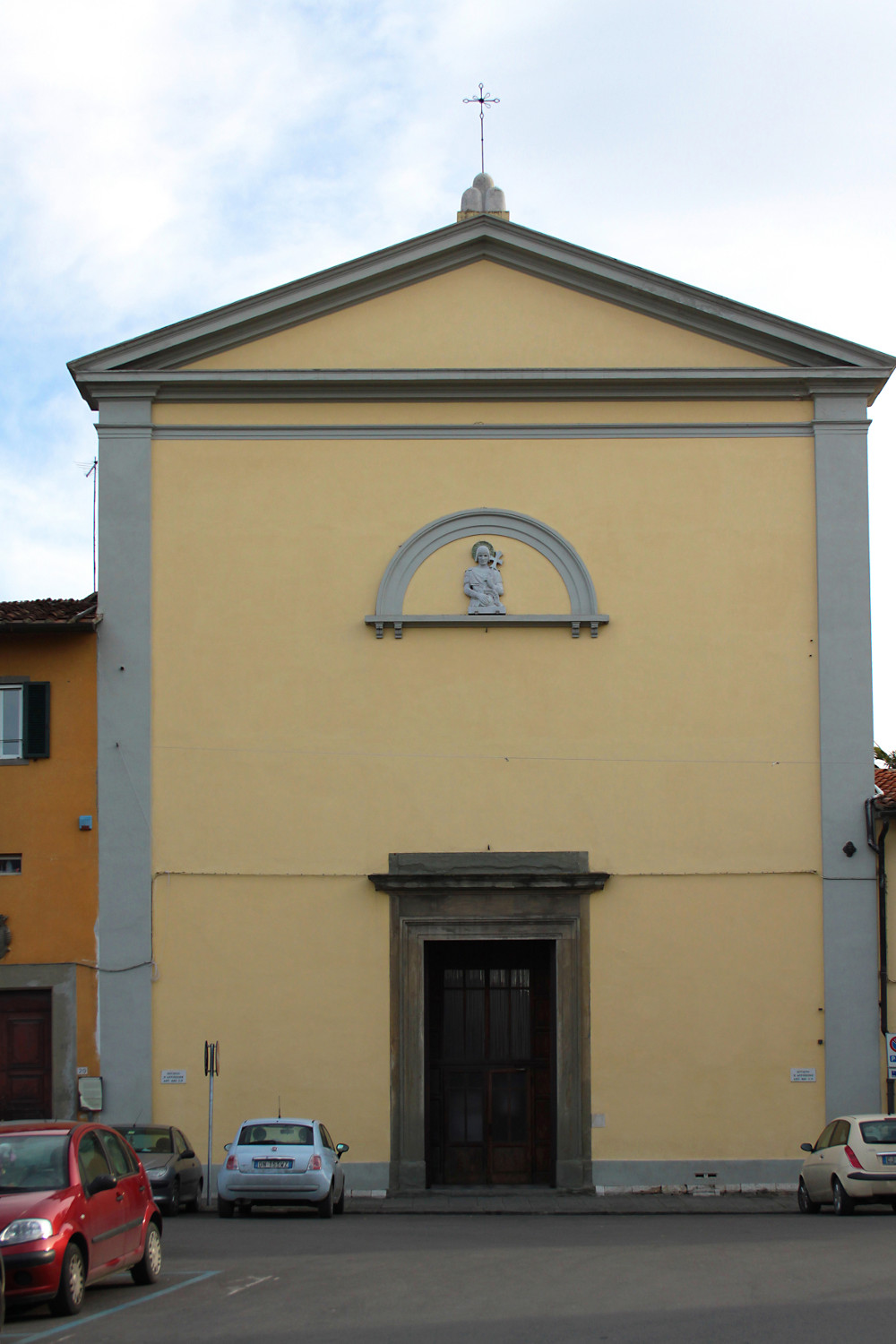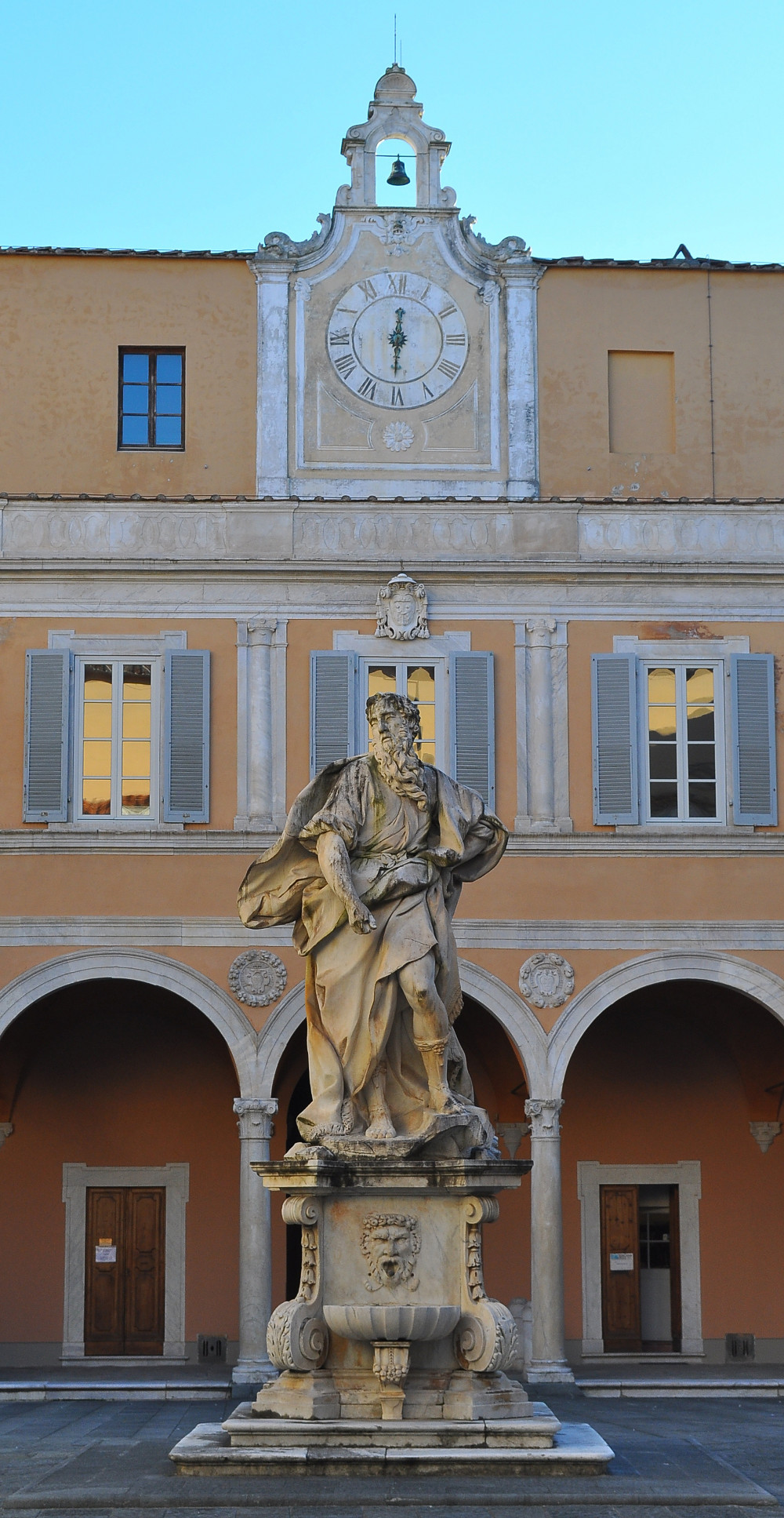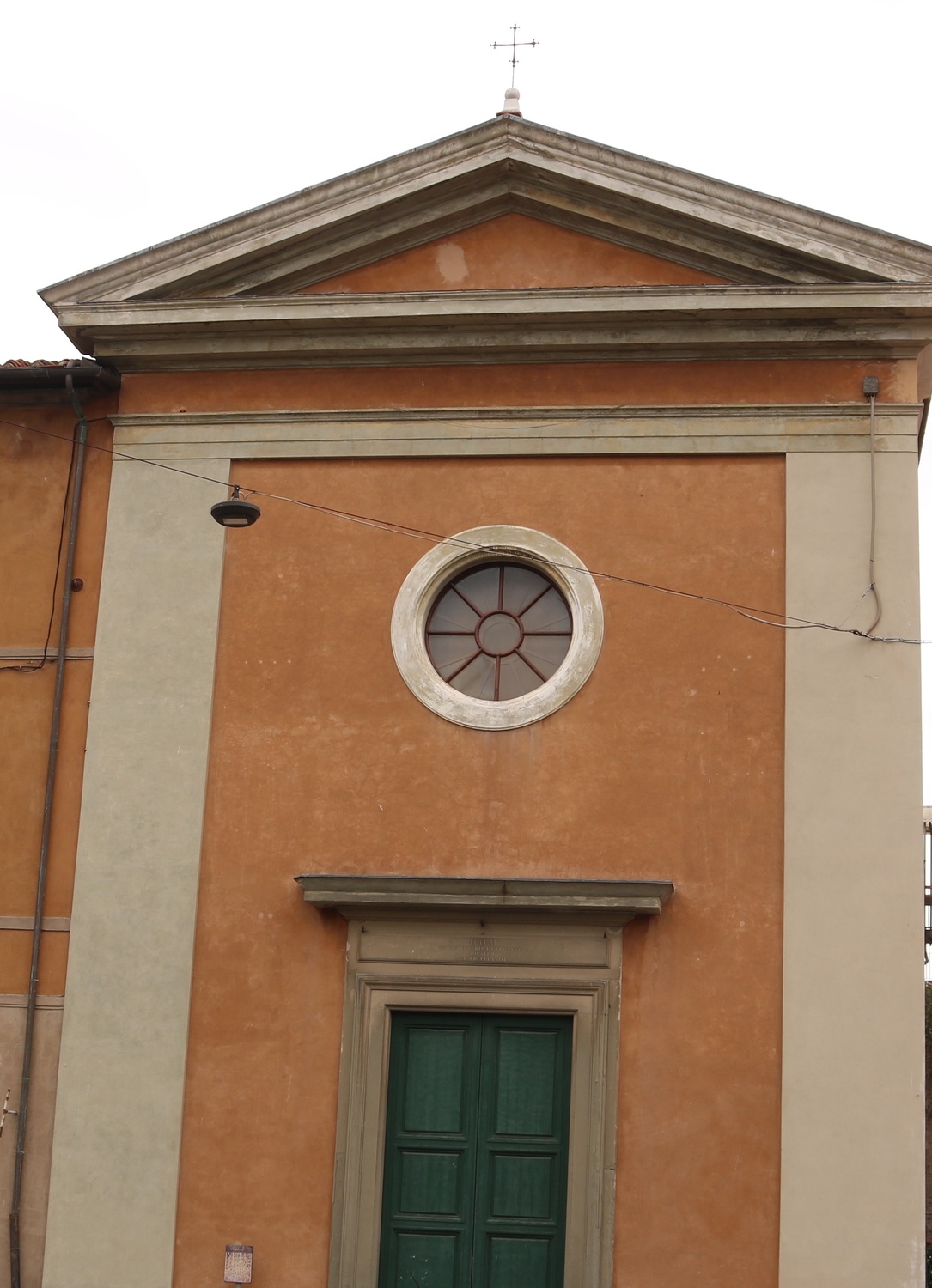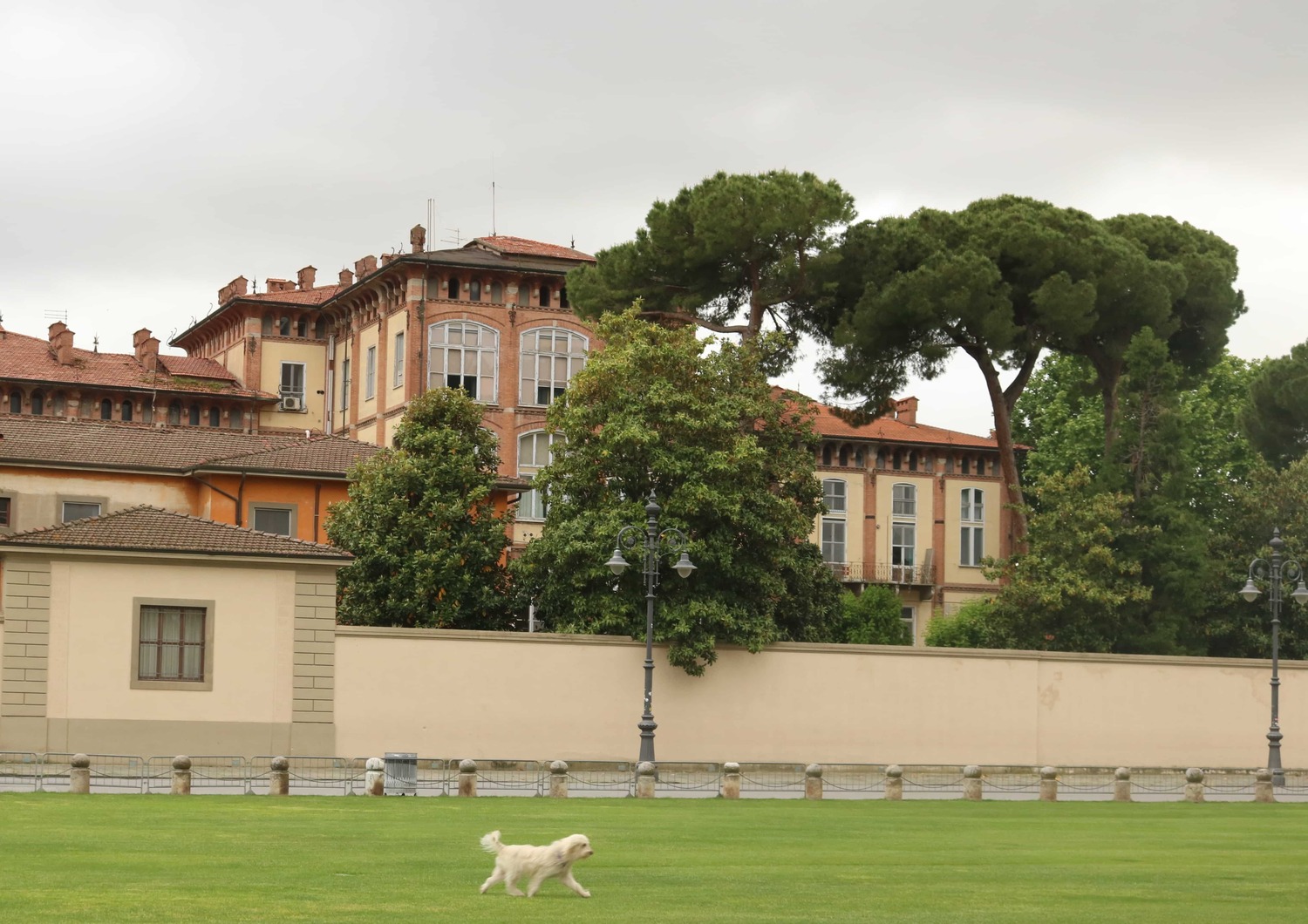Piazza Sant’Omobono and Church of San Pietro in Palude
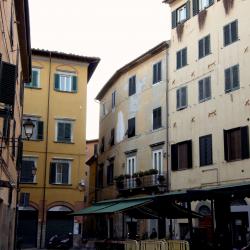
Piazza S. Omobono is the result of reconstruction in the mid 1500s. Whole areas of the medieval town were cleared and buildings demolished to make way for the square, as in the nearby piazza delle Vettovaglie.
This area was probably already settled in Roman times and was partially inhabited in the early middle ages when, because of changes in the weather pattern and a breakdown in land drainage, it was marshy, as the name of the later church, S. Pietro in palude (St. Peter in the marshes), indicates.
The church, mentioned for the first time in 1153, stood on the north side of the present square, with a porch, one column of which is still visible inside the building at number 6. As was usual in those times, the porch was always busy with the activities of consuls and the judicial curia.
Beginning in the 11th century, the whole area was gradually taken over by case torri, the arches of which are still visible in the buildings in via Cavalca; they even occupied some of the space in the present square and created a maze of brick-paved alleyways and small pebblestone-paved squares, many of which were provided with wells for public use. In the 1500s the area underwent further changes: the square was enlarged, as we see it today, the church was renovated and in 1614 dedicated to S. Omobono de’ sarti and, until suppressed in 1785, ceded to the tailors’ corporation. The building was then partly demolished and converted into accommodation.

